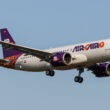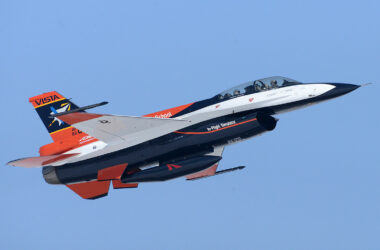Among so many ‘noisy’ projects of supersonic passenger planes, there is a silent initiative both in publicity and in the main objective, that of launching an aircraft really capable of softening the so-called “supersonic boom”, the propagation of shock waves due to the flight above the sound. This company is called Exosonic and was founded in 2019 by two young engineers in the United States, Norris Tie and Tim MacDonald.
Despite not having powerful sponsors like Boom Supersonic or the bankrupt Aerion (which was backed by Boeing), the California-based startup is slowly moving forward with its projects.
Rather than looking for a spotlight, Tie and MacDonald are focused on the investment needed to prove their concept, that it is possible to produce a supersonic jet that is quiet.
In this case, it means reducing the annoying noise generated by breaking the sound barrier to a sound similar to that emitted by closing a car door – or about 75 decibels.
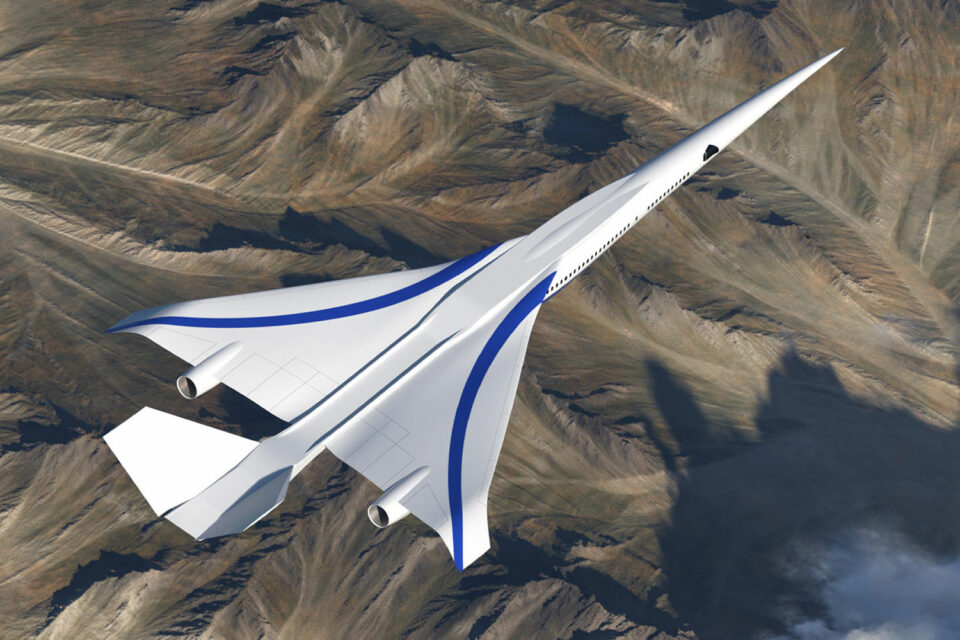
The level is considered by NASA to be tolerable for a supersonic aircraft. The US space agency is building the X-59 prototype with the help of Lockheed Martin and that will test the “low boom” concept, that is, an aircraft with shapes and characteristics that minimize the supersonic boom.
It is precisely this project that Norris Tie worked on before creating Exosonic. Not by chance, the company’s supersonic passenger aircraft design resembles the X-59.
Exotic design
Instead of the more conventional appearance of the Overture, rival Boom’s airliner, Exosonic’s four-engine jet has wings set back and negative dihedral at the tips. The new configuration also expanded from two to four engines, positioned under the wings.
The jet’s nose is extremely long, like the X-59, while the twin V-shaped tail is responsible for lateral and vertical movement at the same time.
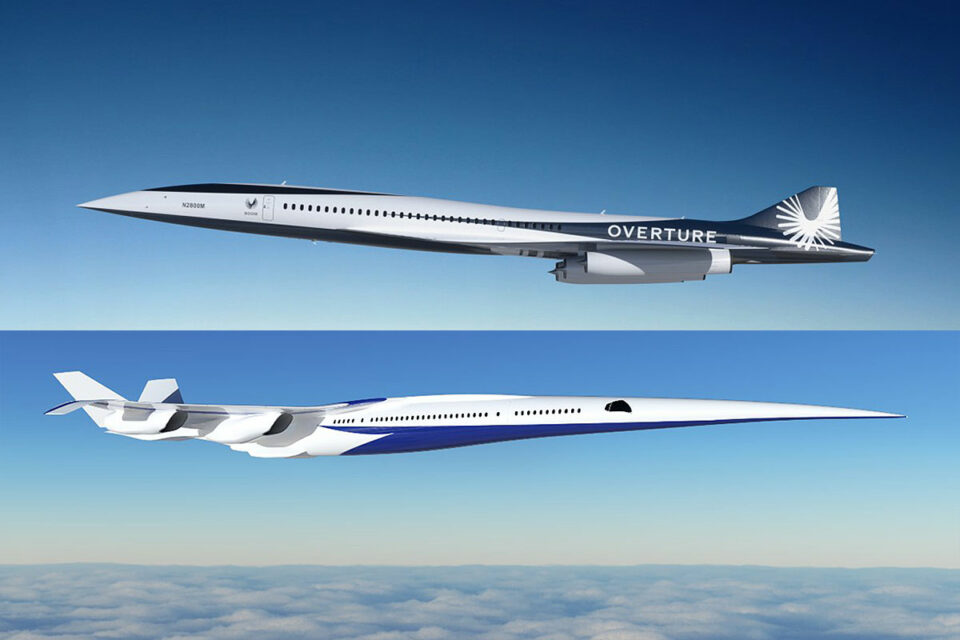
Exosonic’s design was revised in May, with a fuselage of varying diameters. Because of this, the rows of seats will be larger in the central and aft portion of the aircraft.
In an interview with Air Insight in 2019, Tie stated that the goal is to use existing engines without an afterburner, unlike Boom, which is still looking for a supplier for its plane.
Thanks to that and the more efficient aerodynamic shape, the jet will be able to reach Mach 1.8 and fly nonstop for 5,000 miles (9,250 km) using a third of the fuel the Concorde burned.
Entry into service in the next decade
Another crucial Exosonic difference is conservative planning. While Boom Supersonic makes unrealistic plans to put its plane into service as early as 2026, the Californian startup does not see this happening before 2029.
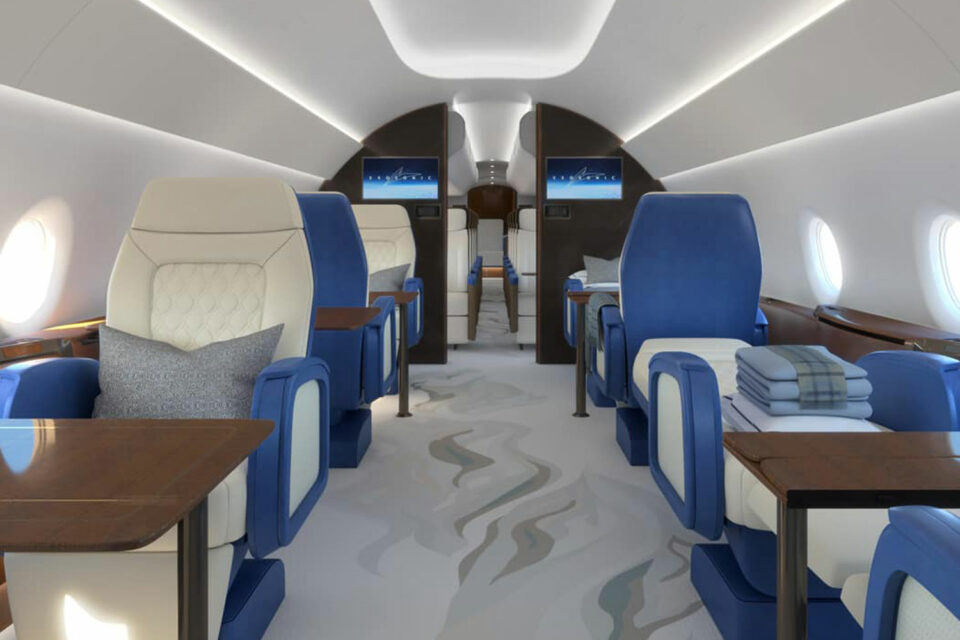
The company is currently completing the assembly of a scale model for wind tunnel testing. The plan is to fly an unmanned prototype in 2025 – Boom, in turn, is completing ground tests with the XB-1, a manned supersonic aircraft with three J85 engines and which no longer bears any resemblance to the current version of Overture.
While making the passenger aircraft viable, Exosonic is working on a less expensive project that could yield revenue earlier, a supersonic UAV, for military training missions for the US Department of Defense.
Speaking of the US government, the Air Force was one of the first entities to support the Exosonic, already in 2020. It is expected that in the coming years the initiative by Tie and MacDonald will attract more interested parties in light of the more realistic potential of its supersonic and that promises something its competitor cannot, flying at Mach 1.8 over the US.
On its website, Exosonic aims to cut the flight time between Los Angeles and New York in half, from the current 6 hours to just 3 hours.
Our supersonic jet will allow anyone to travel at supersonic speed. We’ve created 2 models to show off its interior design: an executive & commercial model. Here’s a quick preview of our executive model which will include 2 private suites. Stay tuned for the commercial model! pic.twitter.com/RSWTA7esR9
— Exosonic (@FlyExosonic) November 14, 2022


